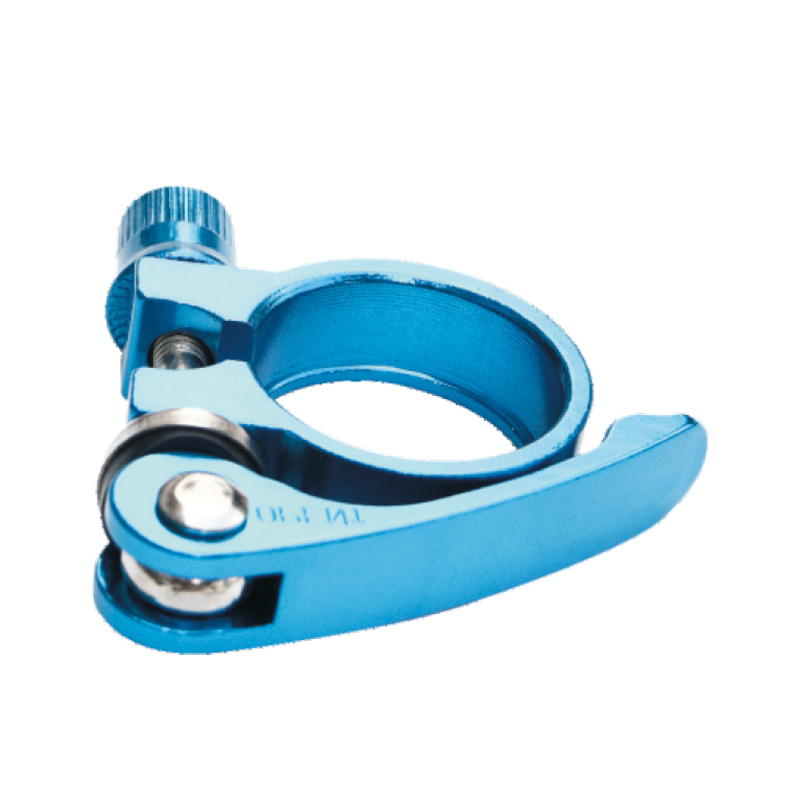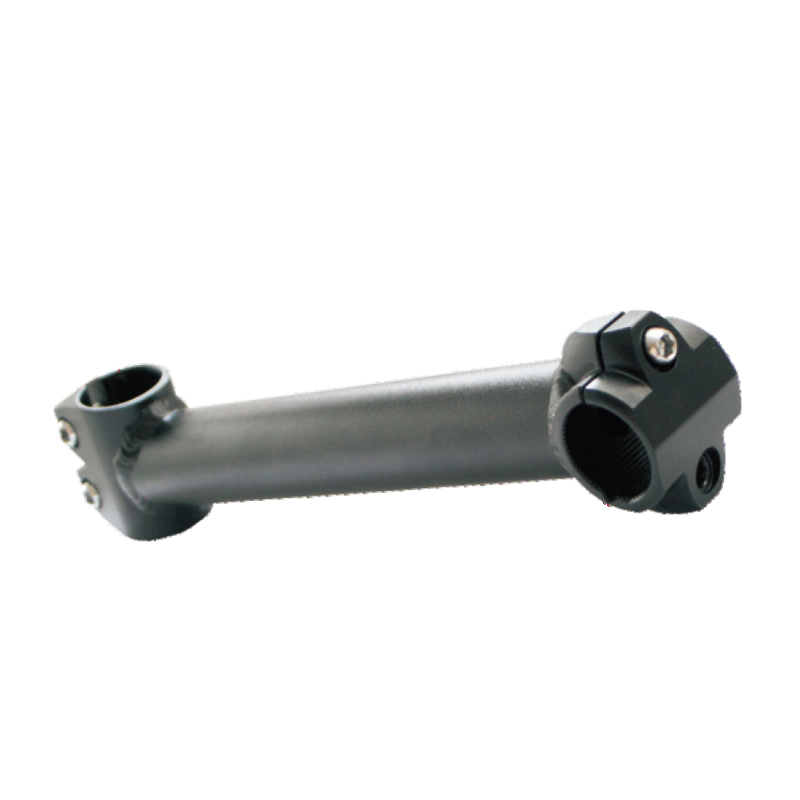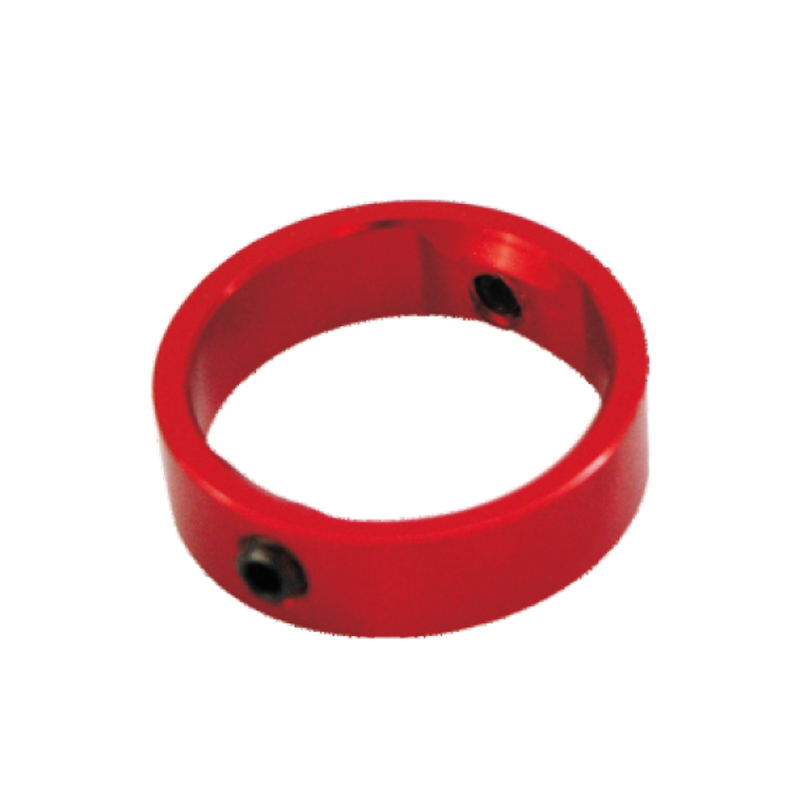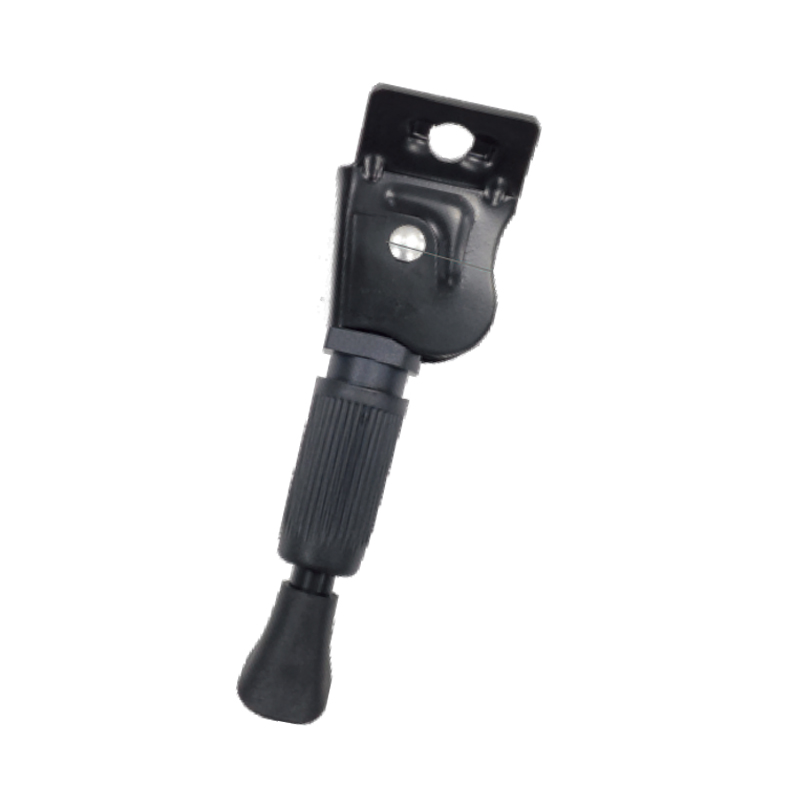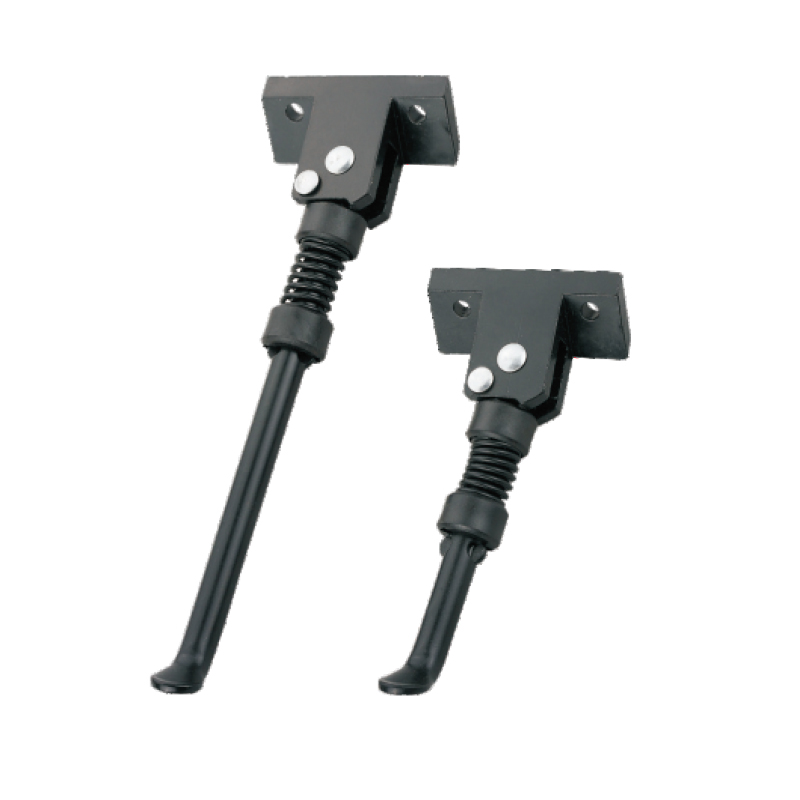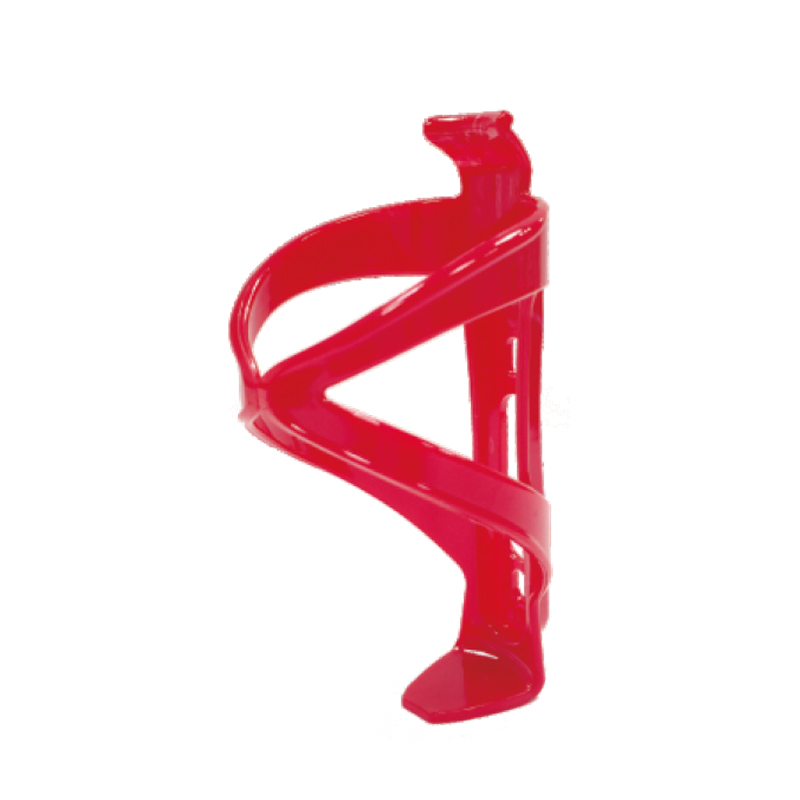When choosing a kickstand for your bike, there are several important factors to consider to ensure you select the right one for your needs. These factors include:
1.Bike Type and Size:
Different types of bikes have varying frame geometries and sizes. It's important to choose a kickstand that is compatible with your bike's specific design. For instance, mountain bikes might require a kickstand that accommodates the suspension and tire clearance, while road bikes may need a more minimalist and lightweight option.
2.Kickstand Type:
Center-mount kickstands attach to the bike's frame near the bottom bracket, providing stability when parked. Rear-mount kickstands attach near the rear dropout. Double-legged kickstands offer enhanced stability for heavier bikes or when carrying loads. Adjustable kickstands allow you to customize the length for different bike sizes and terrains.
3.Materials:
The material of the kickstand affects its weight, strength, and durability. Aluminum kickstands are lightweight and corrosion-resistant. Steel kickstands tend to be more robust but might be slightly heavier. Consider the trade-off between weight and durability based on your usage.
4.Installation Ease:
Look for kickstands that are easy to install with basic tools. Some kickstands require only a few bolts or clamps, while others might need more complex adjustments. User-friendly installation can save you time and frustration.
5.Adjustability:
An adjustable kickstand allows you to fine-tune the length to match the height of your bike when parked. This feature is useful if you have multiple bikes with varying sizes or if you frequently change your bike's setup.
6.Weight Capacity:
Check the weight capacity of the kickstand to ensure it can support your bike and any additional loads you might carry, such as panniers or bags. Exceeding the weight limit can lead to instability and potential damage.
7.Stability:
A stable kickstand prevents your bike from tipping over when parked. Consider kickstands with a wide stance or additional legs for improved stability, especially if you have a heavier bike or if you plan to load it with cargo.
8.Terrain Compatibility:
Depending on where you'll be parking your bike, consider the terrain. Some kickstands are better suited for smooth surfaces like pavement, while others have larger feet or design features to provide stability on uneven or softer ground.
9.Folding/Retractable:
Folding or retractable kickstands can be a practical choice if you want to minimize interference while riding. They can be easily stowed away when not in use, reducing the risk of the kickstand getting caught on obstacles.
10.Aesthetics:
Choose a kickstand that complements the overall aesthetics of your bike. Some kickstands have sleek, minimalist designs, while others may have a more utilitarian appearance.
11.Price:
Kickstand prices can vary significantly. While it's important to stick to your budget, also consider the quality and features offered by the kickstand. Investing a bit more in a durable and reliable kickstand can pay off in the long run.
12.Durability:
Look for kickstands made by reputable manufacturers known for producing high-quality bike components. Reading user reviews and seeking recommendations can give you insights into the kickstand's durability and performance over time.
By carefully considering these factors, you can select a kickstand that not only meets your practical needs but also enhances your overall biking experience.
Product model: YT-04
Product category: Bike Kickstand
Texture of material: Aluminium
Product tolerance: +/-0.1mm
Processing mode: CNC machining

 English
English 中文简体
中文简体 Deutsch
Deutsch





